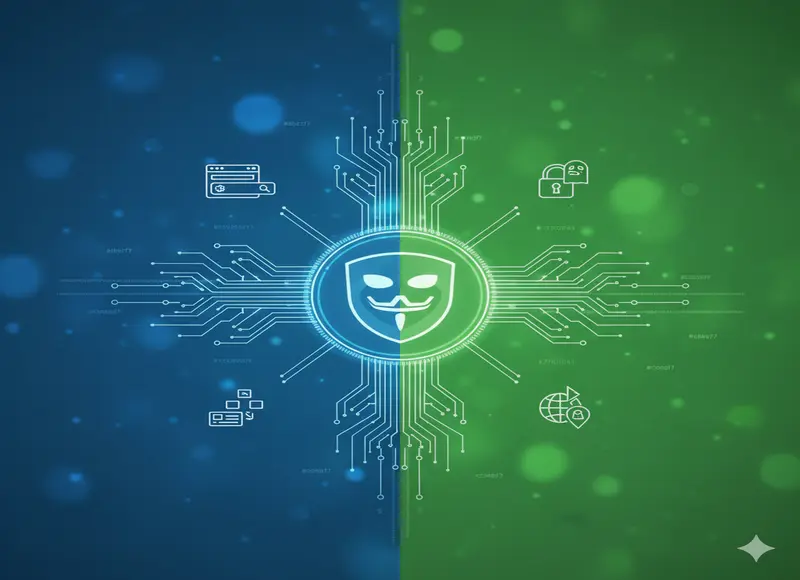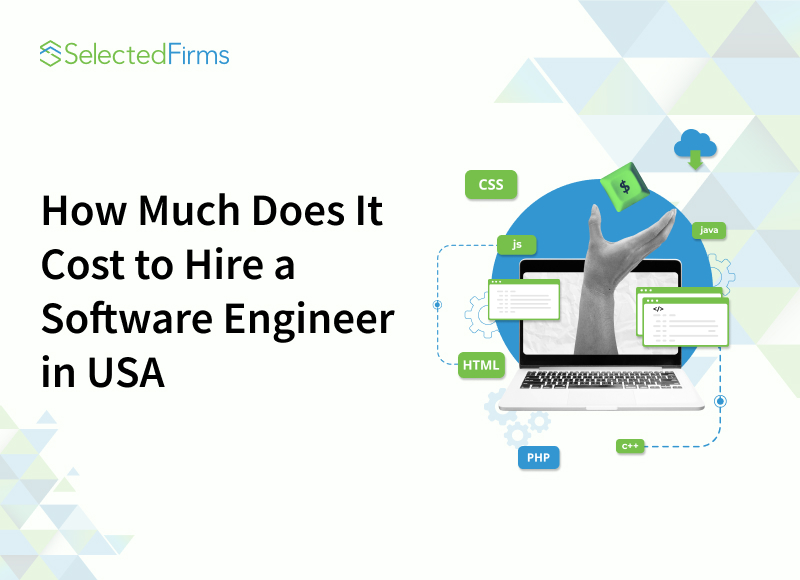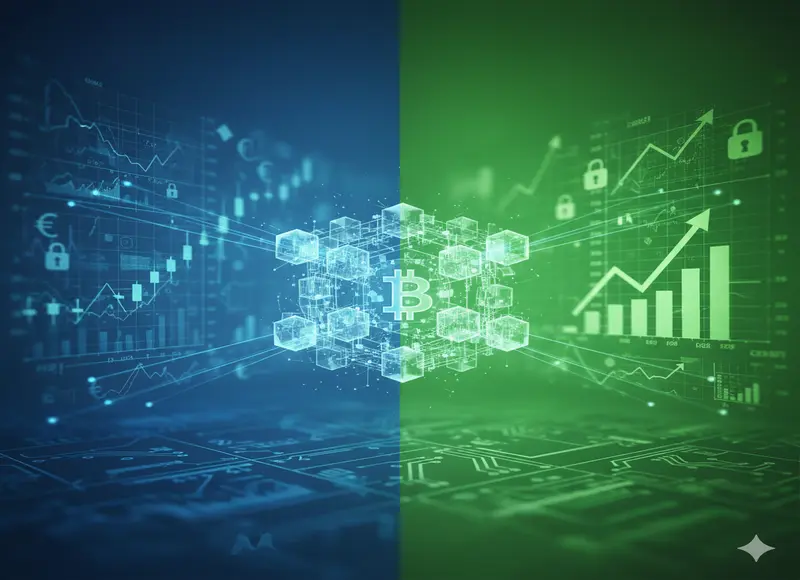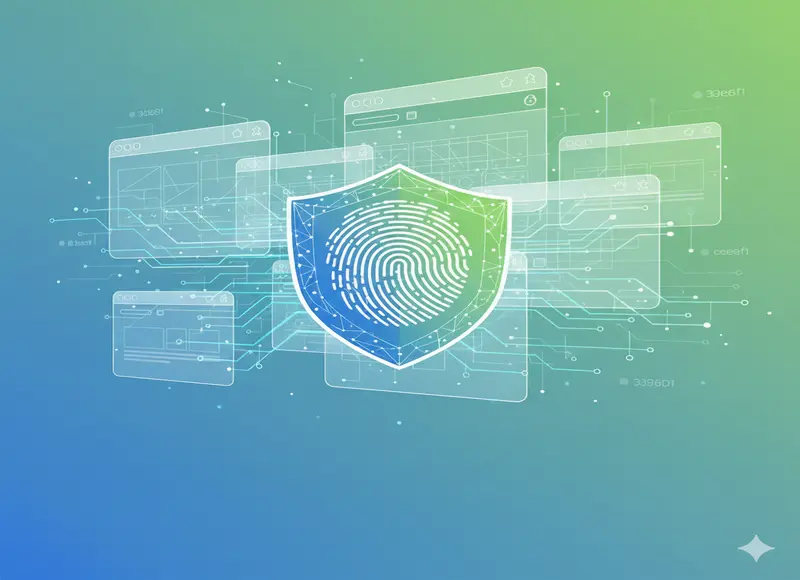Table of Contents
Boost system performance by integrating remote monitoring with maintenance for real-time insights and reduced downtime.

An IT service provider’s job is stressful. Monitoring server health, tracking clients’ system performance, and fixing hardware and software is not at all easy. The challenge becomes more stressful when you have to visit the location and do the job. Unlike visiting the physical location, you can remotely monitor and fix any issues, ensuring there are no downtimes and disruptions. Let’s understand remote monitoring in more depth.
What is Remote Monitoring
Remote Monitoring & Maintenance (RMM) is like having a digital eye on your client’s systems. It helps managed IT service providers (MSPs) keep tabs on their clients’ IT infrastructure without even being there. With remote monitoring, MSPs can see if the client’s server is running hot, a network connection is slow, or a software update is pending. RMM empowers service providers to identify potential issues before they become major problems and cause disruptions and downtime.
A small footprint called an “agent” is installed on the client's systems, servers, and other devices to enable remote monitoring. The agent allows the monitoring and maintenance of these devices.
What are the Benefits of Remote Maintenance
Imagine one of your clients calls in, frustrated with a printer jam. Instead of dispatching a technician, you remotely diagnose and resolve the issue. You can offer quick, efficient support without leaving your office with remote maintenance. Let’s look at some of its benefits.
Quicker Response Times
When a client calls with a problem, you can often dive right in. Remote access means you’re always there virtually to address any IT issues as they arise. No more waiting for a technician to arrive on-site.
Client Satisfaction at its best
Happy clients are loyal clients. You’ll build stronger client relationships with quick and more efficient support. They’ll appreciate your remote maintenance service's convenience and personalized service.
Downtime is reduced
When a system goes down, it can cause major disruptions. However, skilled remote maintenance will help you detect and rectify the problem within the shortest time possible to ensure that your clients’ operations go on like clockwork.
Improved Efficiency and quality
Remote maintenance simplifies operations. You can manage multiple clients and systems simultaneously without the overhead of physical visits, boosting your productivity and profitability.
To further enhance your maintenance management capabilities, consider reading a guide on CMMS software for in-depth insights.
Key Features of RMM Software
To grasp how remote monitoring will impact IT service delivery completely, looking into the key aspects of RMM software will be useful. These features allow MSPs to monitor, manage, and optimize client systems efficiently.
Real-time alerts
RMM software sends real-time notifications for server overheating, bandwidth saturation, and pending software updates. These warnings allow MSPs to act promptly and prevent minor issues from becoming severe problems.
Automated tasks
Many RMM solutions include automation tools for common tasks such as software upgrades, backups, and security patches. Automation of these operations enables specialists to focus on more complex and strategic duties.
Detailed Reporting and Analysis
RMM software creates thorough reports that provide information on system performance, customer satisfaction, and opportunities for improvement. These reports help MSPs illustrate the value of their services and make sound judgments about system upgrades and maintenance methods.
Best Practices for Successful Implementation
Implementing remote monitoring and maintenance requires careful planning and execution. Without a proper strategy, you may face integration, security, and user adoption challenges. Let’s explore some best practices to ensure smooth implementation:
Choose the Right RMM Tool
Choose user-friendly, scalable software that can expand with your business. To avoid disturbances during implementation, the technology should smoothly interact with your existing systems. Look for platforms with powerful functionality and configurable dashboards to match your clients' individual demands.
Define Clear Objectives
Clarify your objectives before deploying RMM. Do you want to reduce response times, boost system security, or limit client downtime? Clear goals will assist you in selecting the appropriate instrument and tailoring your monitoring strategy to obtain the best results.
Ensure Technicians Are Well-Trained
Your technicians should be well-versed in the techniques and technology used for remote monitoring. Provide ongoing training to ensure that your team is up to date on the latest software features, security standards, and troubleshooting skills.
Prioritize Data Security
When administering clients' systems remotely, security comes first. Implement strong security measures to protect sensitive customer data, such as encryption, multi-factor authentication, and access control restrictions. Conduct regular audits of your RMM system to identify and resolve possible risks.
Conduct Regular Reviews
Continuous improvement is necessary for successful remote monitoring. Regularly evaluate your RMM procedures to discover areas for improvement. Use client input and system performance reports to make data-driven changes that improve efficiency and client pleasure.
Challenges and Considerations
Remote maintenance has its challenges. Let’s uncover some of them so you can better prepare for them.
- Network Connectivity: A reliable internet connection is important for effective remote maintenance. Ensure your clients have adequate bandwidth to support real-time data transfer and remote access.
- Data Security: Protecting sensitive client data is paramount. Implement robust cyber security measures to prevent unauthorized access and data breaches.
- Skill Requirements: Remote maintenance often requires specialized skills and tools. Invest in training and certifications to ensure your team can handle complex issues remotely.
- Hardware Limitations: Some hardware configurations may not be suitable for remote management. Assess your clients’ systems to identify any potential limitations.
- Cultural Considerations: When working with clients in different time zones or cultures, be mindful of communication styles and expectations.
- Emergency Situations: While remote maintenance is excellent for routine tasks, there are times when on-site support is still necessary, such as in emergencies. Have a plan in place for these scenarios and unwanted risks and circumstances.
- Skill and Tool Requirements: Remote maintenance requires specialized skills and tools. Invest in ongoing training and certifications for your team to ensure they can handle complex issues remotely. The right expertise can make all the difference in troubleshooting and resolving problems efficiently.
The Future of Remote Monitoring and Maintenance
As technology improves, remote monitoring and maintenance are projected to become even more powerful and important for MSPs. AI and ML innovations are already being integrated into RMM systems, allowing predictive maintenance and more advanced issue identification.
Furthermore, as businesses rely more on remote work, the demand for RMM services will only increase. Service providers that use these technologies to provide scalable, efficient solutions will stand out in the competitive IT landscape.
Closing Thoughts
Remote monitoring and maintenance do more than keep your clients' systems functioning; they establish you as a trustworthy and innovative IT service provider. Providing proactive, efficient, and secure services may increase client happiness, streamline processes, and outperform the competition. In today's lightning-fast digital industry mastering RMM is critical for long-term success in IT service delivery. So embrace it, maximize it, and watch your business grow.









